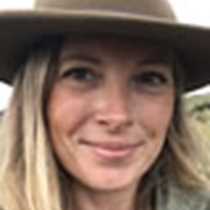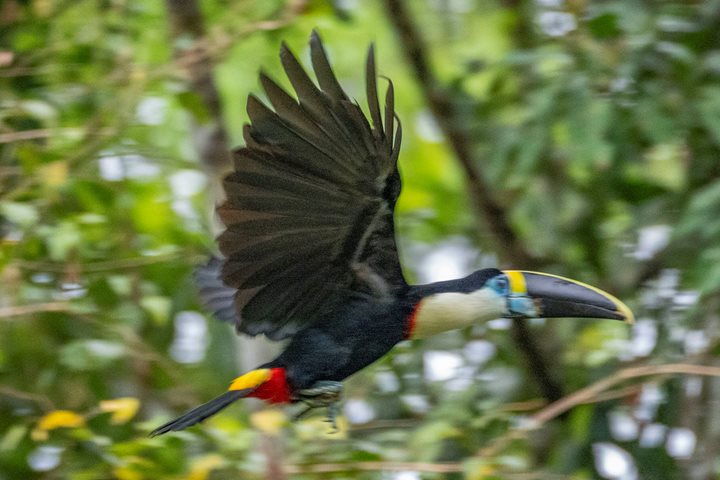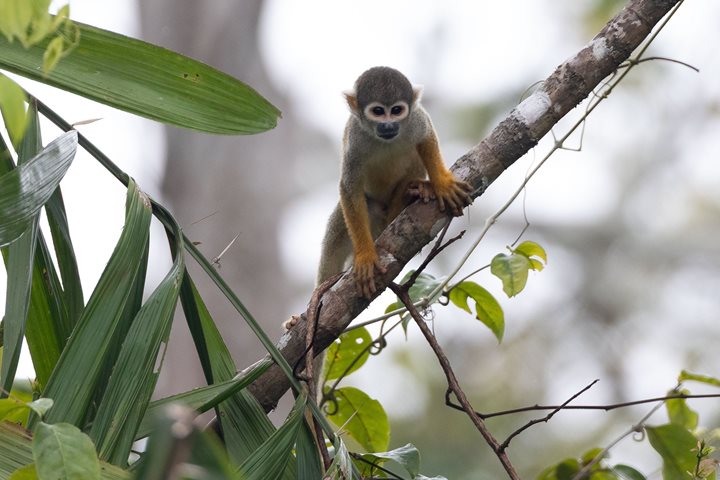We awoke on the Pacaya River to explore the furthest reaches of our Amazon trip in the Pacaya Samiria National Reserve, which is largely protected from the development of its petroleum resources. This protection means an abundance of wildlife and diversity.
The morning’s outing was a different kind of adventure. Instead of returning to the Delfin II for breakfast, we enjoyed the sights and sounds of the “Jungle Cafe.” Our guides served breakfast aboard the skiffs. As we floated along the edge of the riverbank, a group of capybaras, the world’s largest rodent, crossed the Pacaya right in front of us! They, too, were headed for breakfast, a thick meadow of grasses and river lettuce emerging from the waters.
Our appetites satisfied, we continued our exploration of the reserve in an area nicknamed the Jungle Mirror, so called because the waters are so black that they create beautiful reflections of the surrounding forest. We looked for monkeys and birds along the way. Several jabiru storks, tall birds with white bodies, black heads, and red throat pouches, walked the riverbanks, taking flight as we passed. Horned screamers chorused from the trees with their donkey-like calls, and a troop of squirrel monkeys whistled from behind the leaves.
We didn’t stay too long, though, as we had a different destination in mind: the black waters of the lagoon. It was here that we got to take our first dip in the waters of the Amazon. The calm, black waters are safe to swim in, and our guests are nothing if not prepared for just such an opportunity. We leapt from the boat into the mostly warm, sometimes cool, then warm again waters of the Pacaya. Rainbow-colored pool noodles bobbed everywhere, and Fred promptly started to swim laps. Our guides set a floating tub piled high with beer and soda, making a swim up bar in the Amazon! As we enjoyed the refreshing dip, pink river dolphins surfaced nearby, keeping us company from a respectable distance for the entirety of our swim.
Before we knew it, it was time to return to the Delfin II where another meal and a presentation about the culture and history of the Amazon awaited.
Come evening, it was time for an exploration of Magdalena Creek. The songs of birds surrounded us as we traveled up the creek. A pair of drab water tyrants, which are anything but drab, flirted with us from branches jutting from the water’s surface. Their tiny bodies and sweet faces cocked from side to side as they considered these strange visitors. They are only found along the edges of rivers and lakes. The evening belonged to the birds as we spotted greater anis and nunbirds and the charming iridescent countenance of blue and white sparrows.







